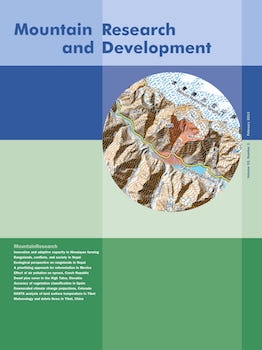Recent studies of future food production in South Asia generally agree that the conditions for production will radically change in the years to come, in particular due to climate change and market variations. However, because we do not know how conditions will be modified and what adaptations will be required by farmers, the article assumes that innovative farming systems will cope best with changes, whatever those changes turn out to be. The challenge, then, is to identify circumstances that either promote or hamper innovation. A comparative analysis of 2 farming communities in the Himalayas concludes that no single parameter can explain the observed variation of agricultural innovation. Rather than restricting analyses to “innovation systems” that consist of social institutions only, the article proposes an approach that includes social actors, as well as natural resources, in processes that produce “innovative places.” In this study, water availability, farm size, and an active national nongovernmental organization are parameters that encourage innovation.
How to translate text using browser tools
1 February 2013
Innovation as an Expression of Adaptive Capacity to Change in Himalayan Farming
Tor Halfdan Aase,
Prem Sagar Chapagain,
Prakash Chandra Tiwari
adaptive capacity
agriculture
India
innovation system
Innovative place
Nepal
uncertainty





